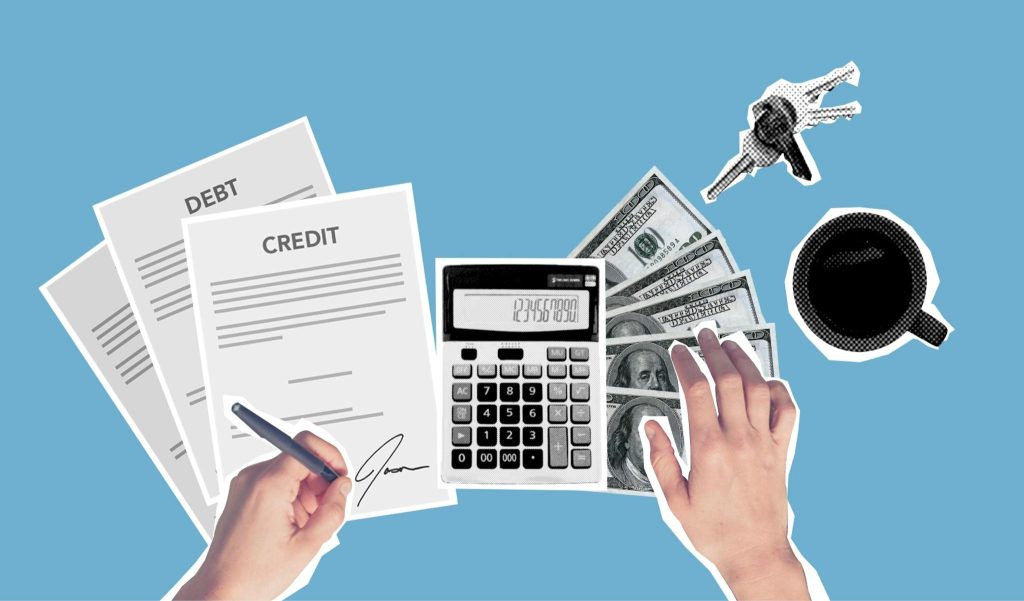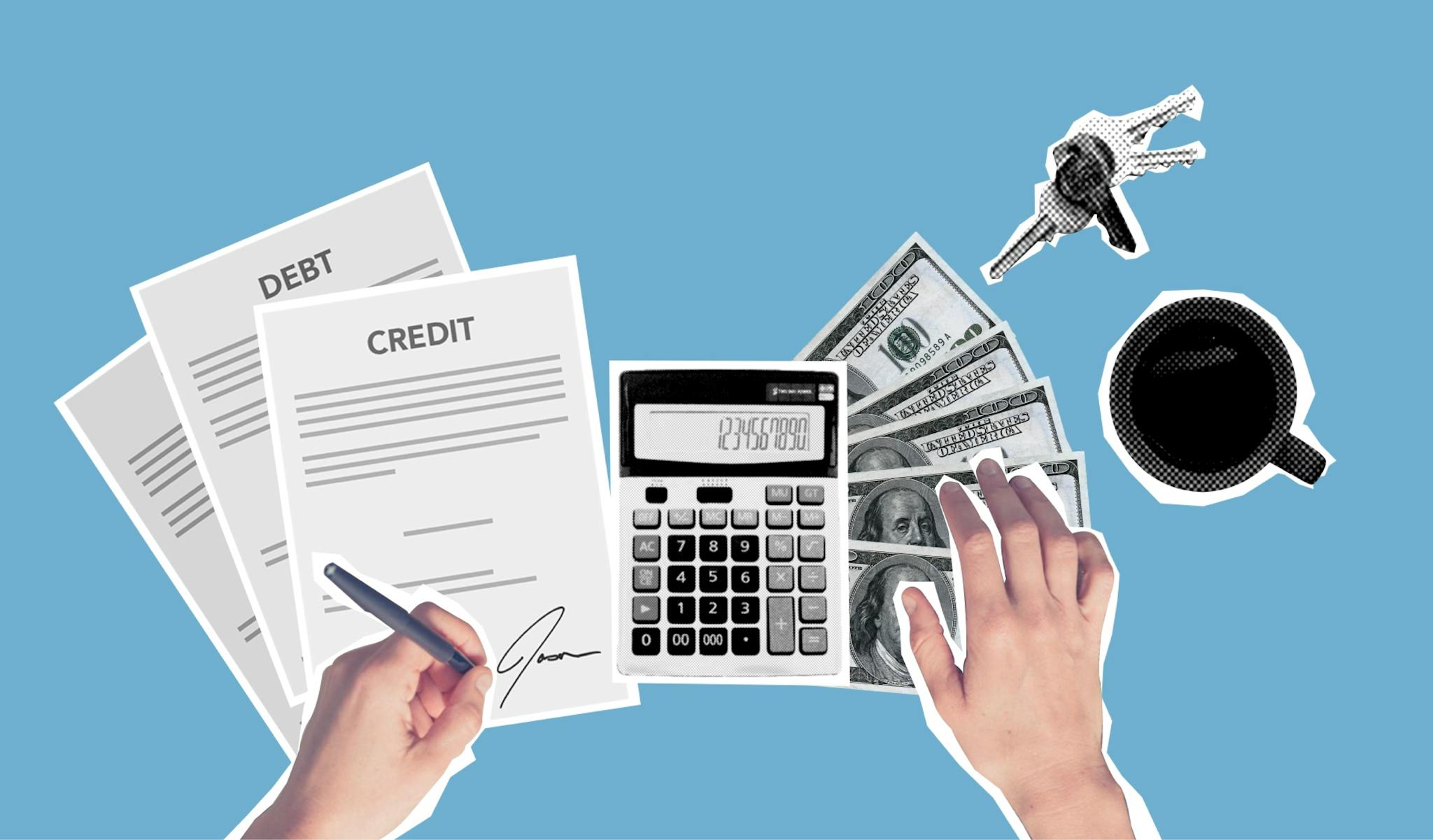Navigating Student Loans: Tips for Graduates
Introduction to Student Loans
Student loans are financial tools designed to help individuals afford the costs of higher education, including tuition, books, and living expenses. These loans play a crucial role in enabling students to pursue their academic goals, but they also come with important considerations and responsibilities. Understanding student loan debt is essential for graduates as they embark on their post-college journey.

Types of Student Loans
Federal Student Loans
- Direct Subsidized Loans: Offered to undergraduate students with demonstrated financial need. The government pays the interest while the borrower is in school at least half-time.
- Direct Unsubsidized Loans: Available to undergraduate and graduate students regardless of financial need. Interest accrues from the time the loan is disbursed.
- PLUS Loans: Available to graduate students and parents of dependent undergraduate students. These loans require a credit check and may cover the cost of attendance not covered by other financial aid.
- Perkins Loans: While phasing out, Perkins Loans were offered to students with exceptional financial need. They typically had lower interest rates compared to other federal loans.
Private Student Loans
- Offered by banks, credit unions, online lenders, and sometimes directly from educational institutions.
- Terms and conditions vary widely based on the lender, including interest rates, repayment options, and borrower protections.
Differences Between Federal and Private Loans
- Interest rates: Federal loan interest rates are typically fixed and regulated by the government, while private loan rates may be fixed or variable and depend on the borrower’s creditworthiness.
- Repayment options: Federal loans offer various repayment plans, including income-driven options, while private loans may have fewer flexible repayment options.
- Borrower protections: Federal loans offer borrower benefits such as deferment, forbearance, and loan forgiveness options, which may not be available with private loans.
Impact of Student Loans on Financial Health
- Debt-to-income ratio: Student loan debt can significantly impact a graduate’s debt-to-income ratio, affecting their ability to qualify for other loans, such as mortgages or car loans.
- Credit score implications: Timely repayment of student loans can positively impact a graduate’s credit score, while missed payments or defaults can have a detrimental effect.
- Long-term financial implications: Student loan debt can influence major life decisions such as career choices, marriage, and homeownership, shaping a graduate’s financial future.
How to Apply for Student Loans
- FAFSA (Free Application for Federal Student Aid): The FAFSA is a crucial step in accessing federal financial aid, including grants, scholarships, and loans. It determines eligibility based on financial need.
- Private loan applications: Private loans may require a separate application process, including a credit check and proof of income or a cosigner.
- Deadlines and requirements: Both federal and private loans have specific deadlines and requirements that students must adhere to when applying.
Understanding Loan Terms and Conditions
- Interest rates: Know the interest rates associated with the loan and whether they are fixed or variable.
- Repayment terms: Understand the repayment schedule, including the monthly payment amount and duration of the repayment period.
- Grace periods: Federal loans often come with a grace period after graduation before repayment begins, while private loans may or may not offer this grace period.
Creating a Repayment Strategy
Developing a solid repayment strategy is crucial for graduates to effectively manage their student loan debt. Here are some key strategies to consider:
- Standard Repayment Plan: Under this plan, borrowers make fixed monthly payments over a set period, usually 10 years. While this may result in higher monthly payments, it allows borrowers to pay off their loans faster and minimize interest charges.
- Income-Driven Repayment Plans: These plans adjust monthly payments based on the borrower’s income, making them more manageable for individuals with lower salaries. Options include Income-Based Repayment (IBR), Pay As You Earn (PAYE), and Revised Pay As You Earn (REPAYE).
- Loan Consolidation and Refinancing Options: Consolidating federal loans allows borrowers to combine multiple loans into a single loan with a fixed interest rate. Refinancing, available for both federal and private loans, involves obtaining a new loan with better terms to replace existing ones.
For more information on repayment options, visit Federal Student Aid.
Budgeting for Loan Repayment
Effective budgeting is essential for graduates to stay on top of their student loan payments. Consider the following tips:
- Creating a Post-Graduation Budget: Evaluate monthly income and expenses to determine how much can be allocated towards loan payments. Consider using budgeting tools or apps to track spending and identify areas for savings.
- Prioritizing Loan Payments: Make student loan payments a priority in the budget, ensuring that they are paid on time each month to avoid late fees and negative credit consequences.
- Cutting Expenses and Increasing Income: Look for ways to reduce discretionary spending, such as dining out or entertainment expenses, and redirect those funds towards loan payments. Additionally, consider taking on part-time work or freelance gigs to boost income.
Taking Advantage of Loan Forgiveness Programs
Certain loan forgiveness programs offer relief for borrowers who meet specific eligibility criteria. Explore the following options:
- Public Service Loan Forgiveness (PSLF): Available to borrowers who work full-time for qualifying employers in the public sector, including government agencies and non-profit organizations.
- Teacher Loan Forgiveness: Designed for teachers who work in low-income schools or educational service agencies for at least five consecutive years.
- Loan Forgiveness for Specific Professions: Some professions, such as healthcare providers or military personnel, may qualify for loan forgiveness programs specific to their field.
For more information on loan forgiveness programs, visit Consumer Financial Protection Bureau: Repaying Student Loans.
Exploring Loan Repayment Assistance Programs
In addition to forgiveness programs, loan repayment assistance programs provide financial support to borrowers struggling with loan repayment. Consider the following options:
- Employer-Sponsored Repayment Assistance: Some employers offer benefits to help employees repay their student loans, such as direct contributions towards loan payments or signing bonuses.
- State-Based Loan Repayment Assistance Programs: Many states offer loan repayment assistance programs for professionals working in certain fields or underserved areas.
- Nonprofit Organizations Offering Assistance: Certain nonprofit organizations provide grants or repayment assistance to borrowers facing financial hardship.
Dealing with Financial Hardship
In times of financial hardship, borrowers may need temporary relief from their student loan payments. Explore the following options:
- Temporary Deferment or Forbearance: Borrowers may request a temporary pause or reduction in loan payments due to financial hardship, job loss, or other qualifying circumstances.
- Income-Driven Repayment Plan Adjustments: If experiencing a decrease in income, borrowers can request to recalculate their monthly payments based on current financial circumstances.
- Seeking Assistance from Loan Servicers or Counselors: Contact loan servicers or seek assistance from reputable financial counselors to explore options for managing loan payments during financial difficulties.
Avoiding Default and Delinquency
Defaulting on student loans can have serious consequences, including damage to credit and wage garnishment. Take proactive steps to avoid default:
- Consequences of Defaulting on Student Loans: Understand the potential repercussions of defaulting on student loans, including negative impacts on credit score and eligibility for future financial aid.
- Strategies for Avoiding Default: Stay in communication with loan servicers, explore options for loan consolidation or refinancing, and seek assistance from financial counselors if experiencing difficulty making payments.
- Options for Borrowers in Default: If already in default, explore options for loan rehabilitation, consolidation, or repayment plans to rehabilitate loans and regain financial stability.
Resources for Additional Support
Numerous resources are available to provide additional support and guidance for managing student loan debt:
- Student Loan Repayment Calculators: Use online calculators to estimate monthly payments, explore repayment options, and develop a personalized repayment plan.
- Financial Counseling Services: Seek assistance from reputable financial counseling services or nonprofit organizations specializing in student loan repayment assistance.
- Government Websites and Hotlines for Student Loan Assistance: Visit government websites such as the Department of Education or contact hotline services for information on loan repayment options and assistance programs.
For further support and guidance on managing student loan debt, visit American Student Assistance: Student Loan Resources.


